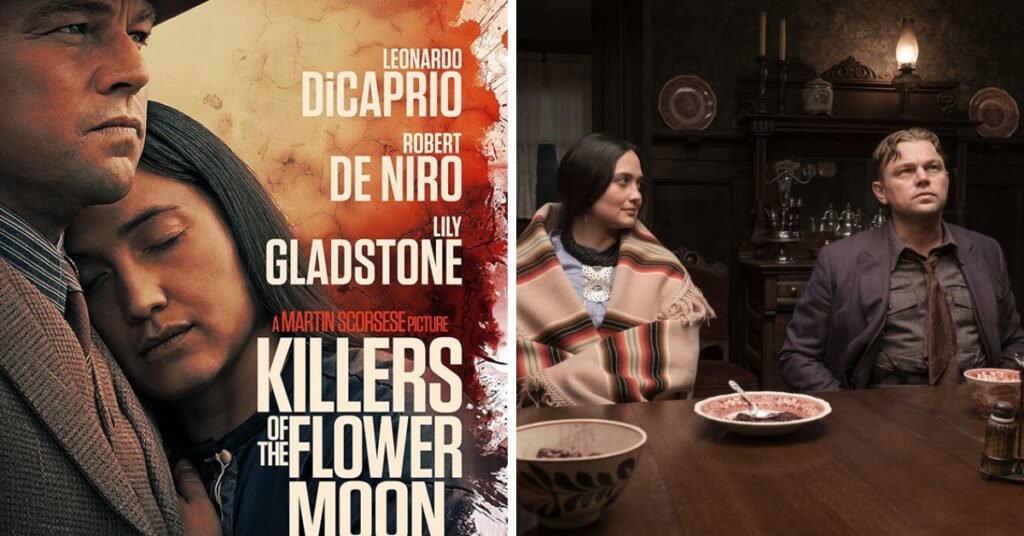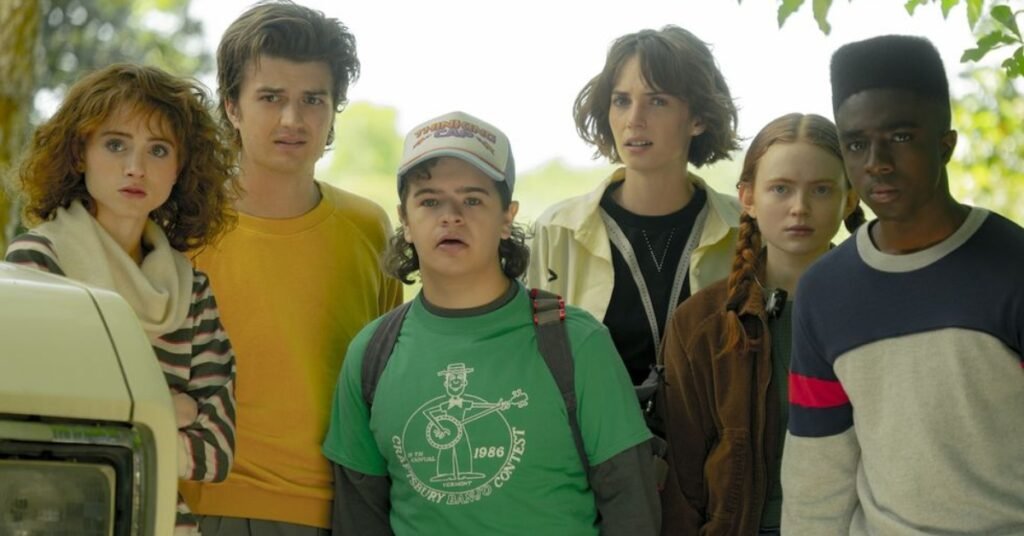Experience Scorsese’s masterful storytelling in “Killers of the Flower Moon.” A haunting depiction of America’s hidden historical tragedies.
Table of Contents
A Masterful Depiction of America’s Hidden Tragedy
Legendary director Martin Scorsese returns to the big screen with a haunting portrayal of greed and evil, rooted deeply in American soil, in his latest film, “Killers of the Flower Moon.” Renowned for illustrating the gritty realities of street life, Scorsese transcends urban landscapes to expose the violent, greedy underbellies of desolated Native American territories.
Revisiting the Forgotten Pages of History
“Killers of the Flower Moon” is more than a cinematic experience; it is Scorsese’s statement on America’s historical tapestry of violence and voracity. Adapting from David Grann’s non-fiction book, the film unfolds the harrowing true story of the Osage nation, whose members faced mysterious and brutal murders in the 1920s. Over 60 lives were lost in a tragedy, largely unheard of, displaying an agonizing chapter of American history left unanswered and erased.
Harnessing the Power of Cinematic Run Time
The film’s run time emerges as a poignant tool in narrating this historical horror. Scorsese, aided by the ever-talented editor Thelma Schoonmaker, maintains a rhythm that allows the audience to immerse themselves deeply in the tragic timeline of the Osage nation. Every second of the film is a reminder of the prolonged, devastating experiences of the victims, making it impossible for the audience to disregard the cruelty faced by the Osage people.
Stellar Performances Shaping the Historical Narrative
The film blossoms with unforgettable performances, particularly from Leonardo DiCaprio (Ernest Burkhart) and Lily Gladstone (Mollie Burkhart), who masterfully capture the essence of their characters.
Supported by a remarkable cast, including Robert De Niro, the film focuses on the turbulent emotions and treacherous acts surrounding the Osage nation, compellingly portrayed through powerful acts.
Technique and Craftsmanship: Scorsese’s Trademarks
The meticulous attention to detail and craftsmanship in “Killers of the Flower Moon” are hallmarks of Scorsese’s brilliance.
From the captivating production design by Jack Fisk to Rodrigo Prieto’s mesmerizing cinematography, complemented by Robbie Robertson’s hauntingly beautiful score, the film exemplifies cinematic excellence.
Reflection and Responsibility: Scorsese’s Powerful Message
Scorsese’s film embarks on a reflective journey, exploring the influence of cinema on historical narratives.
Acknowledging filmmakers’ power in shaping perceptions of history, Scorsese uses his craft to unveil the obscured truths, expressing a profound resonance and responsibility towards the misrepresented facets of America’s past.
Conclusion: A Haunting Cinematic Masterpiece
“Killers of the Flower Moon,” a prodigy of master filmmaker Martin Scorsese, leaves an indelible mark on the audience, urging a revisitation of the grim chapters of history.
It is a cinematic epitome of storytelling that delves deep into the abyss of greed and violence, providing a rare, unsettling, yet necessary spectacle that haunts the soul, urging a relentless quest for truth and reflection in the annals of historical storytelling.
Get our best stuff sent straight to you! Join our WhatsApp Channel.






